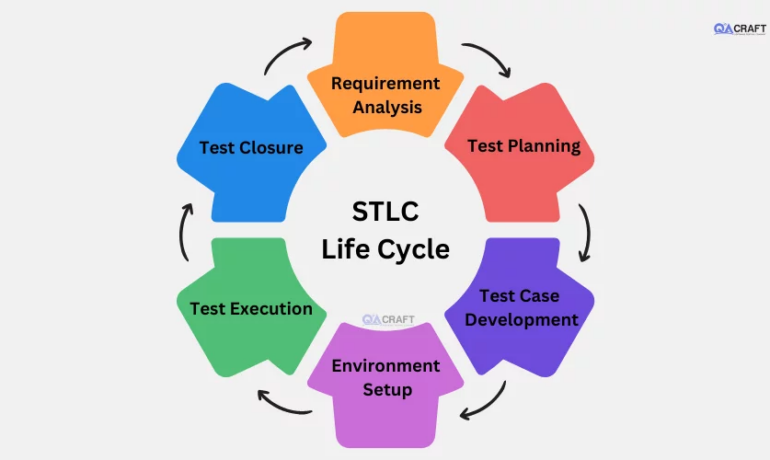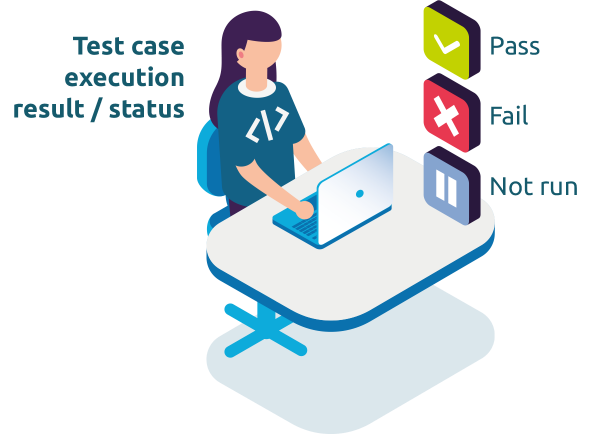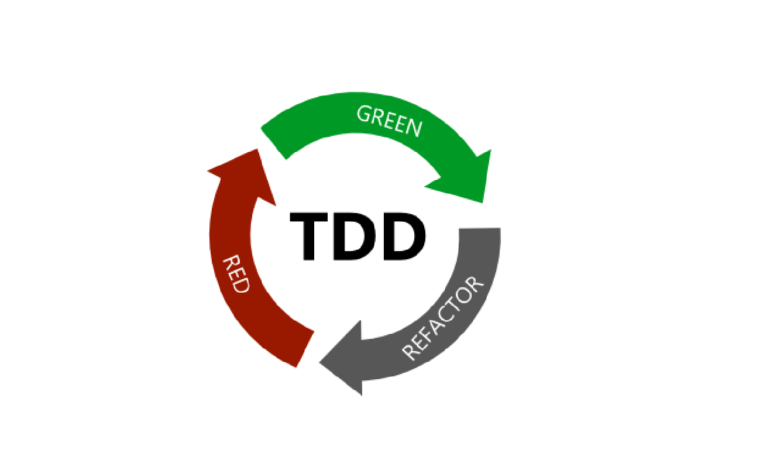Software Testing Life Cycle
A software testing life cycle is a series of steps to ensure that the product meets the quality objectives. It is an integral part of the software development life cycle that starts as soon as requirements are defined. A strategy based on STLC enforces a systematic and documented approach to testing and increases the chance of producing a better software product.
There are six main phases of the testing life cycle. Some can be split into smaller steps or skipped depending on the project’s nature, the available resources, and the chosen SDLC model.








